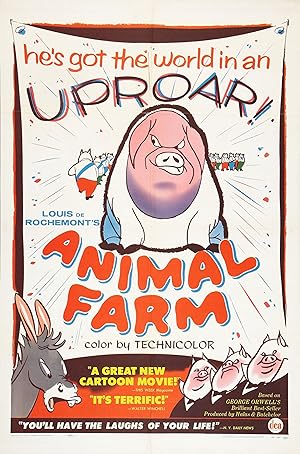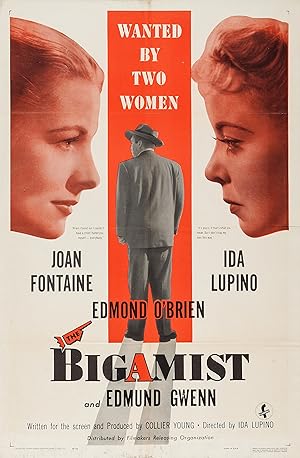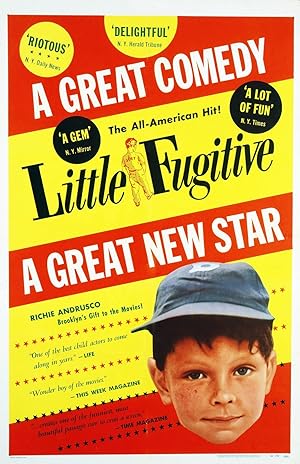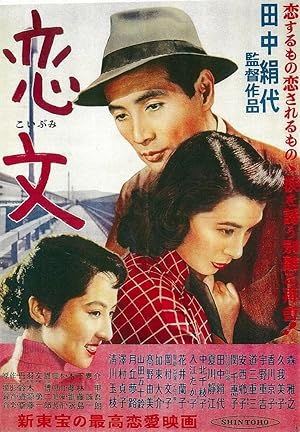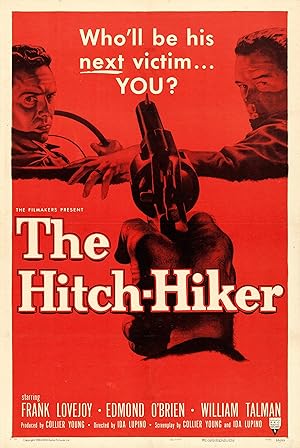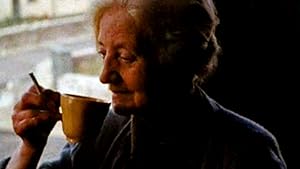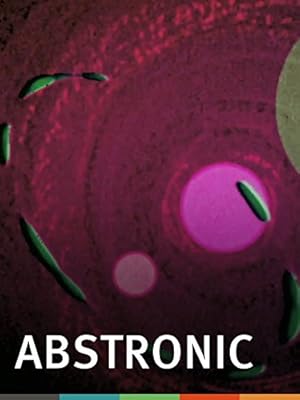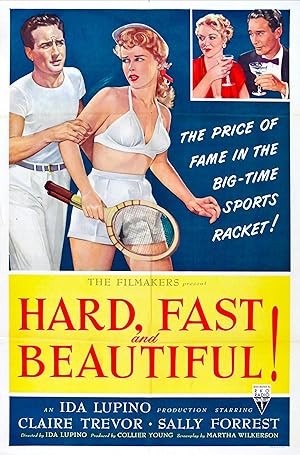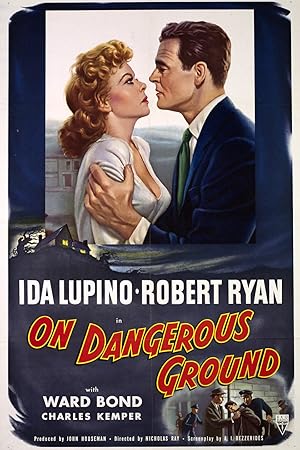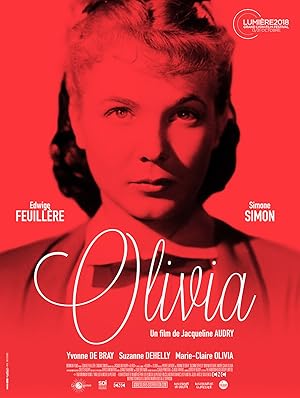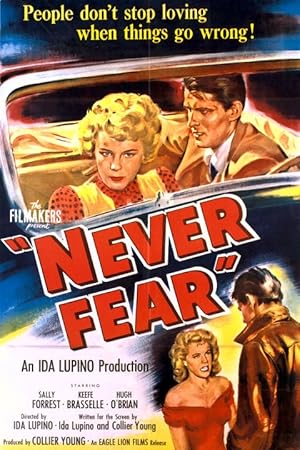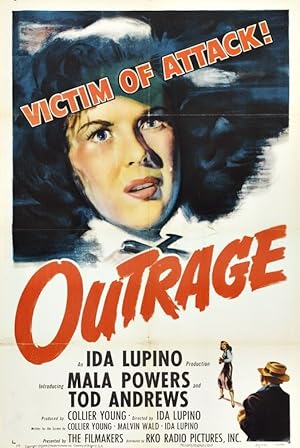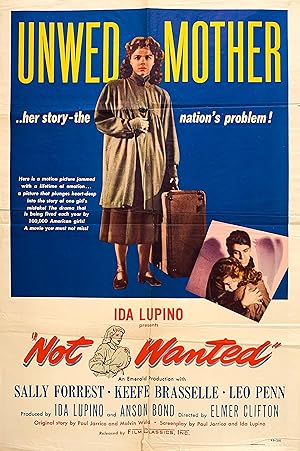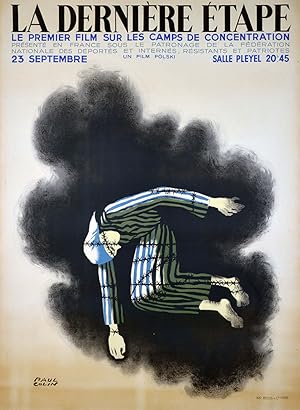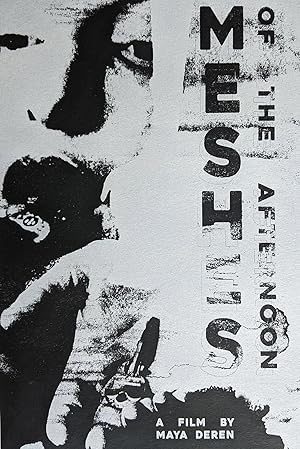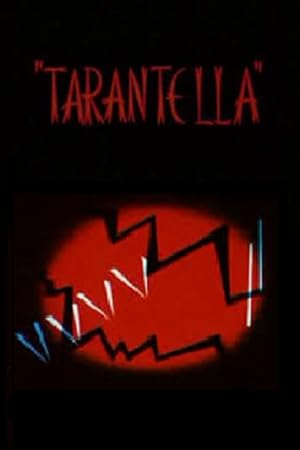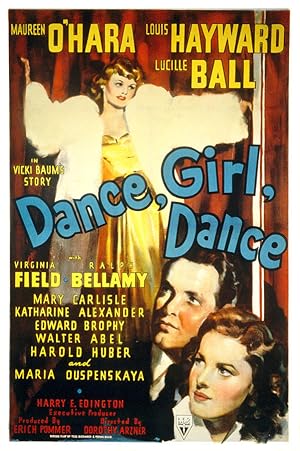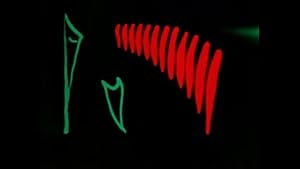Top 100 Woman Director movies
You are now browsing page 188, where we continue to showcase even more compelling content linked to "Woman Director". If you’ve already sampled a few highlights on previous pages, now is the perfect time to delve deeper into this fascinating keyword. Keep exploring and enrich your understanding!
Animal Farm (1954)
1
Animals on a farm lead a revolution against the farmers to put their destiny in their own hands. However this revolution eats their own children and they cannot avoid corruption.
The Bigamist (1953)
0
San Francisco businessman Harry Graham and his wife and business partner, Eve, are in the process of adopting a child. When private investigator Mr. Jordan uncovers the fact that Graham has another wife, Phyllis, and a small child in Los Angeles, he confesses everything.
Little Fugitive (1953)
1
After a prank makes Joey Norton believe he killed his older brother, he runs away from home and spends the day at Coney Island while his brother tries to find him before their mother gets home.
Love Letter (1953)
0
A sad and troubled man finds a new job five years after the end of WWII, where he writes love letters for other people.
The Hitch-Hiker (1953)
1
Roy and Gilbert's fishing trip takes a terrifying turn when the hitchhiker they pick up turns out to be a sociopath on the run from the law. He's killed before, and he lets the two know that as soon as they're no longer useful, he'll kill again. The two friends plot an escape, but the hitchhiker's peculiar physical affliction, an eye that never closes even when he sleeps, makes it impossible for them to tell when they can make a break for it.
A Portrait of Ga (1952)
0
Another early experiment in portraiture from Tait. In filming her mother she asks the wider question of how much the camera can reveal of the person.
Abstronic (1952)
0
A pioneer of visual music and electronic art, Mary Ellen Bute produced over a dozen short abstract animations between the 1930s and the 1950s. Set to classical music by the likes of Bach, Saint-Saëns, and Shoshtakovich, and replete with rapidly mutating geometries, Bute’s filmmaking is at once formally rigorous and energetically high-spirited, like a marriage of high modernism and Merrie Melodies. In the late 1940s, Lewis Jacobs observed that Bute’s films were “composed upon mathematical formulae depicting in ever-changing lights and shadows, growing lines and forms, deepening colors and tones, the tumbling, racing impressions evoked by the
Hard, Fast and Beautiful (1951)
0
When most people look at Florence Farley, they see a pretty teenager. But when Milly Farley looks at her daughter she sees something else: a tennis prodigy who could be Milly’s ticket to money and fame.
On Dangerous Ground (1951)
1
A big-city cop is reassigned to the country after his superiors find him too angry to be an effective policeman. While on his temporary assignment he assists in a manhunt of a suspected murderer.
Olivia (1951)
1
"Olivia" captures the awakening passions of an English adolescent sent away for a year to a small finishing school outside Paris. The innocent but watchful Olivia develops an infatuation for her headmistress Julie and through this screen of love observes the tense romance between Julie and the other head of the school Cara in its final months.
Never Fear (1950)
0
A dancer who has just gotten engaged to her partner and choreographer and is about to embark on a major career is devastated to learn that she has contracted polio.
Outrage (1950)
1
A young woman who has just become engaged has her life completely shattered when she is raped while on her way home from work.
Not Wanted (1949)
0
After a beautiful but unsophisticated girl is seduced by a worldly piano player and gives up her out-of-wedlock baby, her guilt compels her to kidnap another child.
The Last Stage (1948)
1
Poland, during World War II. Martha Weiss, a Jewish woman, arrives at the Auschwitz extermination camp with her family. She is assigned the role of interpreter, but her loved ones are much less fortunate.
Meshes of the Afternoon (1943)
0
A woman returning home falls asleep and has vivid dreams that may or may not be happening in reality. Through repetitive images and complete mismatching of the objective view of time and space, her dark inner desires play out on-screen.
Tarantella (1940)
0
Here the artist creates a world of color, form, movement and sound in which the elements are in a state of controllable flux, the two materials (visual and aural) are subject to any conceivable interrelation and modification.
Dance, Girl, Dance (1940)
1
Judy O'Brien is an aspiring ballerina in a dance troupe. Also in the company is Bubbles, a brash mantrap who leaves the struggling troupe for a career in burlesque. When the company disbands, Bubbles gives Judy a thankless job as her stooge. The two eventually clash when both fall for the same man.
Spook Sport (1940)
0
It's midnight in a graveyard. The principal characters are spooks, ghosts, bats, bells, and, at the end, the sun. As midnight strikes, 12 spooks appear, then two ghosts. They move to the music's rhythm. Against the black night, they are blue and yellow. Bats appear as does a xylophone of bones. Mist rises, spooks swirl. A bell tolls. The sky turns light blue, the ghosts' dance slows. Then black night returns bringing intimations of frenzy. Bones play snare drums; spooks peek out of square graves. Scary faces appear. Frenetic movement takes over. A rooster crows and all return to earth as the sun's light appears.
